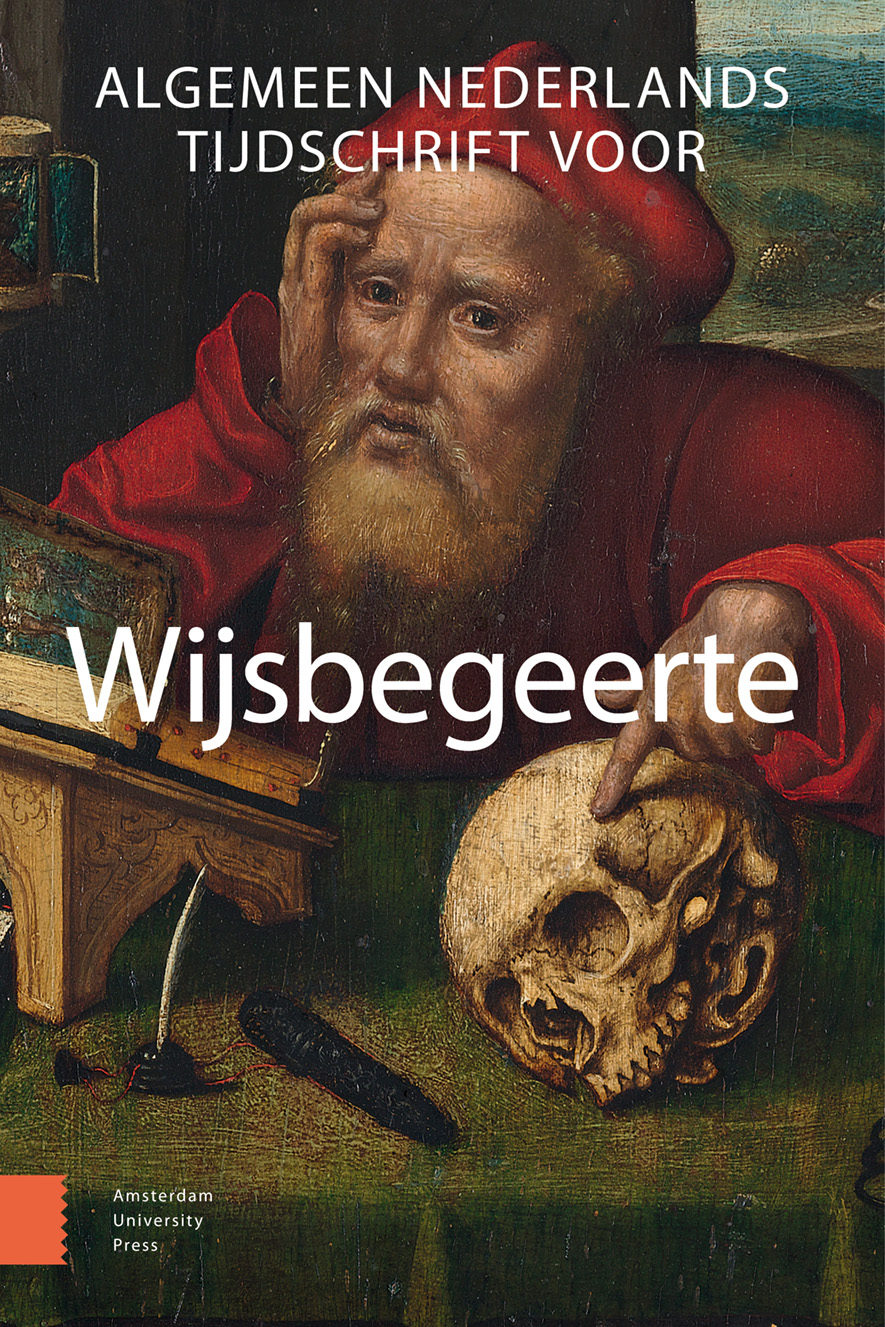-
oa Translatie als filosofisch programma
Een verkenning
- Amsterdam University Press
- Source: Algemeen Nederlands Tijdschrift voor Wijsbegeerte, Volume 111, Issue 3, Oct 2019, p. 453 - 476
-
- 01 Oct 2019
Abstract
Translation as philosophical program: An explorative review
What does the concept of translation mean in the expression ‘translational neuroscience’? What are the different steps, or components, in the translation of neuroscientific findings to psychiatry? There are serious concerns about the validity and productivity of the traditional idea of a translational pipeline, starting in the fundamental sciences (chemistry, molecular and cellular biology) and ending in the practice of clinical medicine, including psychiatry. The article defends the thesis that the difficulties in the traditional approach result, at least partially, from insufficient reflection on the philosophical premises upon which the concept of translation is based. The linear pipeline model is strongly determined by the traditional biomedical approach to disease. The translation crisis signifies some of the limitations of this approach, especially in the realm of clinical practice and patient experience. The biomedical model suggests that illness manifestations should be conceived as causally determined expressions of an underlying biological derailment or dysfunction. This model lacks the language and conceptual tools to address the role of contextual and person-bound factors in the manifestation of illness. It is only recently that personalized and context-sensitive approaches to psychopathology have gained scientific attention. In the wake of this conceptual and practical reform, network-like approaches to translation have emerged. These network approaches are based on a different conception of transdisciplinarity. They address all stakeholders, by asking them what kind of translation they need. Stakeholders are not only scientists and clinicians, but also patient- and family support groups; and parties that are responsible for the institutional embedding, the financial and logistic infrastructure, and the legal frameworks that support psychiatric care. It is the interaction between science (as producer of knowledge) and the contexts that are supposed to benefit from this knowledge, that should be put at the centre of conceptual reflection. The degree and fruitfulness of this interaction will be decisive for the future of both psychiatry and clinical neuroscience. Philosophy can play an important role in this interaction, by making explicit underlying logical and practical tensions and ambiguities in this interaction.


